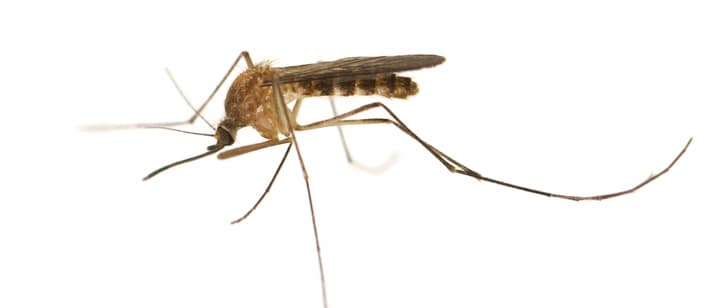A typical campaign poster (this one in the Caribbean) to eliminate breeding sites:

These campaigns are not limited to the Third World – see this Fight The Bite game from Miami/Dade County, Florida.
In my personal experience in humanitarian work in the Caribbean, the local officials almost never have the equipment or chemicals necessary for wide-spread mosquito control and have only limited, already-stretched-to-the-limit medical resources. It is heart-breaking.
The long fight against mosquito-vectored diseases has involved DDT – which itself is a very controversial issue – but is not the primary focal point of the fight. Many local mosquito populations have developed varying degrees of resistance to DDT. It is, however, still effective when used to treat indoor walls and bed-nets.
[And NO – “bringing DDT back” into wide use in Africa will not be an (or the) instant silver bullet solution to mosquito-vectored diseases. That is a myth. DDT is already widely used in Africa. ]
Then there are:
Permethrins Treat clothing and gear
- Use permethrin to treat clothing and gear (such as boots, pants, socks, and tents) or buy permethrin-treated clothing and gear.
- Permethrin is an insecticide that kills or repels mosquitoes.
- Permethrin-treated clothing provides protection after multiple washings.
For years, while living on our sailboat in the Caribbean, we regularly treated our hatch screens and cabin surfaces with permethrin – and had great success with it.
In the United States, synthetic pyrethroids are used in aerial spraying to control adult mosquitoes along with malathion and naled.
Mosquito-vectored diseases are a major, world-wide health problem and the use of insecticides in their control remains a hugely controversial topic at all levels of government and a matter of much concern from health and environmental groups. The controversies swirling around the issue are highly politicized.
One thing that is certain: The propaganda meme that Climate Change will spread mosquito-vectored diseases is categorically false and based on gross, seemingly intentional, misunderstanding of the mechanisms involved in disease spread.


 “What makes mosquitoes so dangerous? Despite their innocuous-sounding name—Spanish for “little fly”—they carry devastating diseases. The worst is malaria, which kills more than 600,000 people every year; another 200 million cases incapacitate people for days at a time. It threatens half of the world’s population and causes billions of dollars in lost productivity annually. Other mosquito-borne diseases include dengue fever, yellow fever, and encephalitis.”
“What makes mosquitoes so dangerous? Despite their innocuous-sounding name—Spanish for “little fly”—they carry devastating diseases. The worst is malaria, which kills more than 600,000 people every year; another 200 million cases incapacitate people for days at a time. It threatens half of the world’s population and causes billions of dollars in lost productivity annually. Other mosquito-borne diseases include dengue fever, yellow fever, and encephalitis.” 
 As can be seen, malaria was ubiquitous throughout the Eastern United States in 1882, except for in the eastern mountain ranges. By 1932, it has been beaten back to a few hold-out areas, but broke out in 1934-1935.
As can be seen, malaria was ubiquitous throughout the Eastern United States in 1882, except for in the eastern mountain ranges. By 1932, it has been beaten back to a few hold-out areas, but broke out in 1934-1935.
